Donate now to support the LLIFLE projects.
Your support is critical to our success.
Your support is critical to our success.
Ariocarpus agavoides f. mostuosus
(a.k.a.= monstruosa, mostruosa, monstrose, monstrosa, monstros,)
Family: CACTACEAE
(a.k.a.= monstruosa, mostruosa, monstrose, monstrosa, monstros,)
Family: CACTACEAE
Accepted Scientific Name: Ariocarpus agavoides
Amer. J. Bot. xlix. 615 (1962). (Occasionally misspelled agavioides)
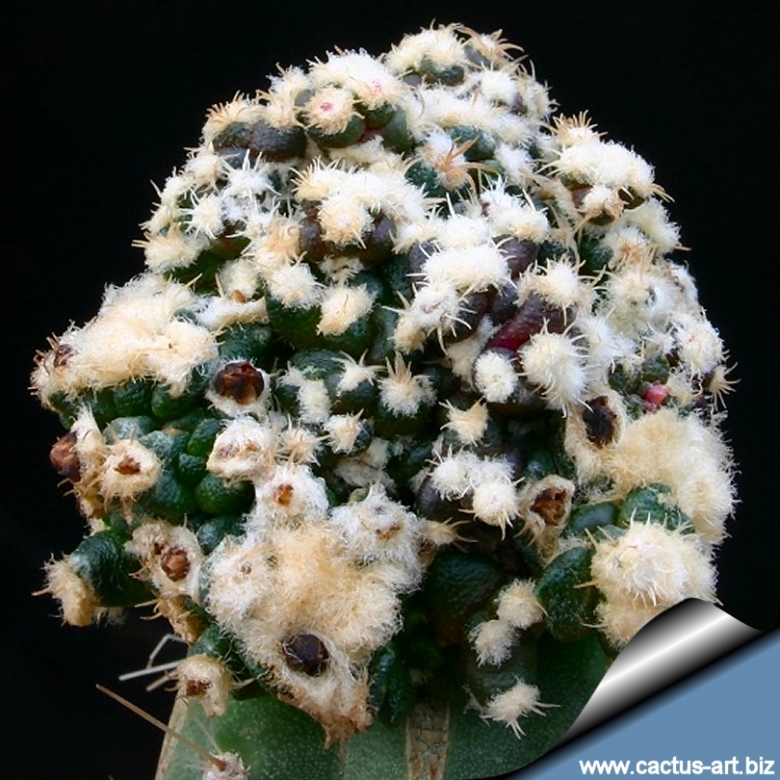
Ariocarpus agavoides f. mostuosus Photo by: Cactus Art
Synonyms:
See all synonyms of Ariocarpus agavoides
back
Accepted name in llifle Database:Ariocarpus agavoides (Castañeda) E.F.Anderson
Amer. J. Bot. xlix. 615 (1962).
Synonymy: 8
- Ariocarpus agavoides (Castañeda) E.F.Anderson
- Ariocarpus kotschoubeyanus subs. agavoides (Castañeda) Halda
- Neogomesia agavoides Castañeda
- Ariocarpus agavoides f. mostuosus
- Ariocarpus agavoides subs. pulcher Halda & Horáček
- Ariocarpus agavoides subs. sanluisensis Sotom., Arred., Sánchez Barra & Mart.Mend.
back
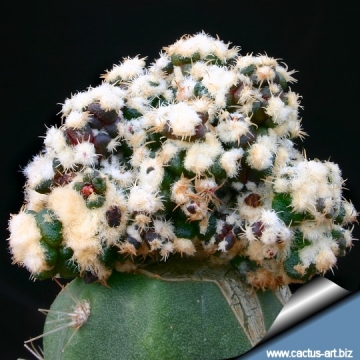
Ariocarpus agavoides f. mostuosus Photo by: Cactus Art
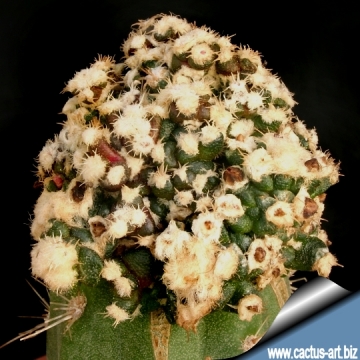
Ariocarpus agavoides f. mostuosus Photo by: Cactus Art
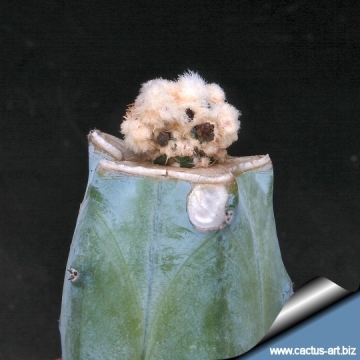
Ariocarpus agavoides f. mostuosus Photo by: Cactus Art
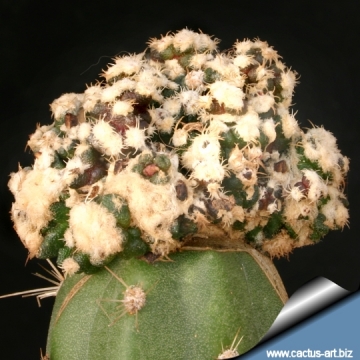
Ariocarpus agavoides f. mostuosus Photo by: Cactus Art
| Your Actions | |
|---|---|
| Back to Ariocarpus index | |
| Back to Cactaceae index | |
 |
Back to Cacti Encyclopedia index |








